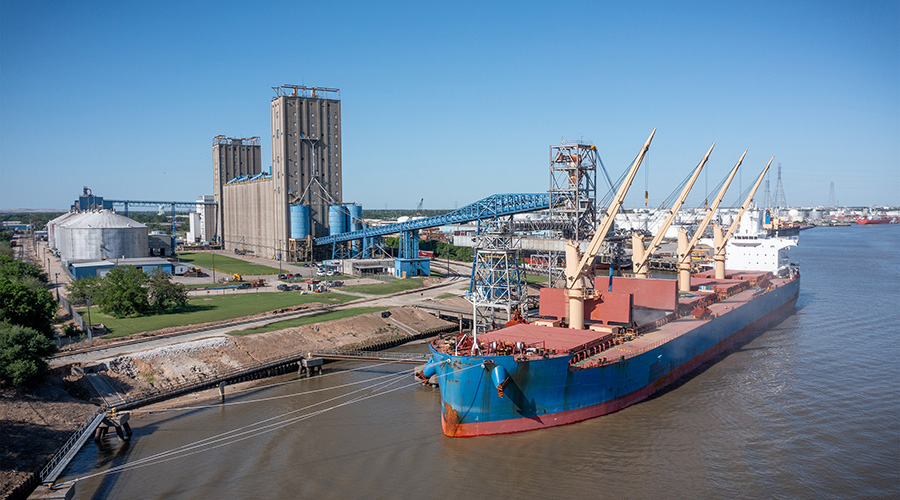Port of Portland welcomes new GM auto import business
3/14/2023
By Grace Renderman, Associate Editor
General Motors recently launched a new auto import business at the Port of Portland, Oregon, that will lead to the distribution of about 160,000 China- and South Korea-manufactured vehicles to U.S. markets every year.
The new venture is the result of the port’s long-standing partnership with GM, which owns the Chevrolet, Buick, GMC and Cadillac brands, and Auto Warehousing Co., which accepts the imported vehicles through its facilities at the port’s Terminal 6.
The vehicles primarily will be transported to inland markets — the U.S. Midwest, in particular — via rail. BNSF Railway Co. and Union Pacific Railroad serve the port.
Portland is one of the busiest ports for auto imports and exports on the West Coast, receiving about 300,000 vehicles through its marine terminals in 2022. Three auto processing facilities located at Terminals 4 and 6 are dedicated to moving GM, Toyota, Ford and Hyundai vehicles; Honda had been a long-term customer, but the automaker decided not to renew its lease in June 2021.
While port officials aren’t ready to share revenue projections for the new venture, which launched in March, they expect it to be successful, says Geoff Owen, Portland’s director of marine marketing and operations.
“We always want to grow the business,” he says. “If there's more volume out there, we'd certainly like to capture that.”
The new auto import arrangement was formed because GM’s logistics partner, GLOVIS, needed to consolidate its operations, Owen says. The company was using 10 different Asia-import gateways in the region, but now, it’ll only need one. Plus, charter rates for roll-on/roll-off vessels have remained high, multiplying the cost of doing business at several gateways rather than a single gateway, he adds.
Four vessels are expected to arrive monthly, carrying an average of 3,000 units per vessel. Longshore workers unloaded 3,100 Buick and Chevrolet vehicles at launch from the Dong-A Metis vessel at Berth 601. Most of the vehicles will be unloaded via roll-on/roll-off berths at Terminal 6.
"The Columbia River rail route has the BNSF line on the north [and] the Union Pacific on the south side, and those are really the only river-grade routes that can get you through the Cascade Mountains moving east,” Owen says. “It provides a reliable way to move those trains out of Portland on both Class Is and gives GM the option of deciding which rail carrier is going to be best suited for them.”
The Cascade and Columbia River Railroad, a Genesee and Wyoming subsidiary, runs along the river valley and interchanges with BNSF in Wenatchee, Washington.
The longshore question
Meanwhile, contract negotiations with the International Longshore and Warehouse Union have continued to impact service at ports on the West Coast, but Owen says the new auto import venture won’t be impacted. However, the pandemic has affected the port’s auto import and export operations — workers are transported by van to the vessel to drive each individual vehicle off it, so unload times were delayed because of the inability to transport so many people in a single vehicle at once, Owen says.
Despite the setback, Portland’s container volumes have come back quickly since the onset of the pandemic through the port's “outstanding partnership” with the union, Owen says.
“Longshore labor is a critical component of the movement of any cargo,” he says. “Throughout the pandemic, longshore labor was always there, they always showed up. And while there were challenges, they got the job done.”
In any case, port officials hope a deal is reached soon, Owen adds. The union’s membership has been at the negotiating table since May 2022; ports have continued normal operations with no disruptions since.

